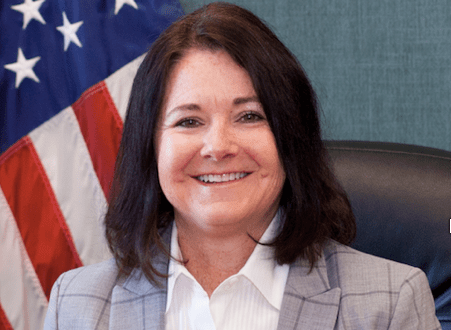Thank you Chief Maris Herald, Deputy Chief of Operations Steve Redfearn, and Officer Mitch Trujillo for the excellent dialog with the Community Cycles Advocacy Committee.
We found the meeting informative and cordial. We appreciate your enthusiasm for bicycling.
In follow up, we are supplying some Talking Points for education to officers and the general public, especially the media.
Messaging is important. Here is the link to our original input.
1) Reduce Bias in Reporting
‘Being called out as homeless (Ralph Cook wasn’t) and mentioning that he was carrying beer (he had no alcohol in his system) act to diminish the victim. Ralph Cook was a vulnerable road user moving around our city without a steel cage and a victim of what seems to be a small mistake that turned lethal due to poor street design, speeding, and likely driver inattention.
2) Call them Crosswalks
Using language such as “no designated crosswalk” (vs. an unmarked crosswalk) implies that it’s not a legal crossing and perpetuates the continued assumed right of way by drivers. Legal crosswalks exist wherever a sidewalk extends to the intersection—whether or not there are ramps, curb cuts, and crosswalk lines. Drivers are required to yield. And even where the driver has the right of way, it is still the driver’s responsibility to observe and avoid vulnerable users who may be in the roadway.
3) Speed matters
Speed is almost always a contributing factor to serious injuries and should be listed as so on police reports, particularly if the estimated speed was above the speed limit. The estimated speed of the driver in Ralph Cook’s death was 44 mph per the crash report (case# 21-04175), yet the report listed ‘No contributing actions’ (00). And even if drivers are traveling at or below the marked speed limit, speed can often still be considered a contributing factor to death. Calling it out might provide impetus for infrastructure changes.
4) Hold off on assigning blame
We should recognize that our culture embraces a bias against more vulnerable road users–approach scenes assuming the victim is not at fault. This means more caution from officers at the scene in regards to assigning blame before the complete investigation, especially when the victim can’t speak for themselves. It is this initial police reporting that makes it into the media.
5) Sentence subjects when discussing crashes
At the August TAB meeting there were several references of Car vs Bicyclists. This distances the driver from responsibility. It should be Driver vs Bicyclist, especially in communication with the media. The Daily Camera is still publishing “cyclist hit by car” headlines instead of “cyclist hit by driver” and reporters have claimed this obfuscation stems from police communications. Similarly, we should use the term crash not accident.
6) Identify unsafe conditions
Many crashes are fundamentally caused by unsafe street design. It would be very helpful if you could encourage officers to identify conditions that might be contributing factors to the incident, include it on the crash report (or other mechanism viewed by the transportation department), and train them to use it to ensure communication of unsafe street designs to the city transportation department.
For example, a comment like “speed limit appears too fast for a heavy pedestrian environment”, or “visibility at this intersection is poor” or “turns permitted by a flashing yellow arrow appear risky at this location” could be very helpful in flagging the elements of our road system that could be improved. Due to their continuous exposure to these risks, police officers are often highly attuned to these concerns and could be valuable partners in identifying potentially hazardous conditions and helping our transportation staff improve them.
Thank you again for your time and looking forward to continuing the dialog, perhaps quarterly as mentioned in the meeting.
Best Regards

